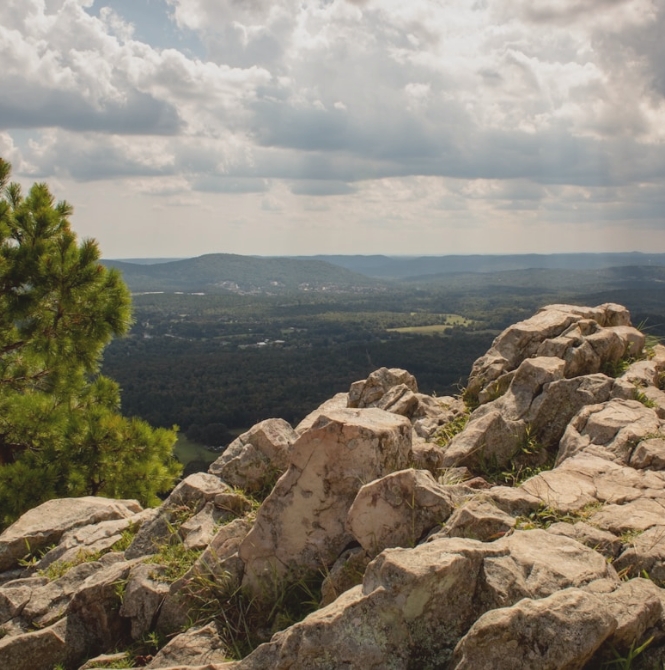
There is almost unanimity among archaeologists and biblical scholars that "Tal al-Rumaith", located to the south of Ramtha, about two kilometers away, is Ramut Gilad, and perhaps the name of the city of Ramtha is originally "Ramot" and turned throughout history to "Ramtha". It was mentioned in the Bible as a city of refuge, as well as the battles that took place between the kings of Aram and the kings of Israel to control it.

The Bible mentions a city in Jordan on the border between Israel and the Kingdom of the Arameans (that is, Syria today) and it was of great importance for its location on the trade route, and its name is Ramot Gilead, meaning Ramot located in Gilead. Archaeologists and biblical scholars unify that Tel al-Rumaith, located to the south of Ramtha, is Ramoth Gilad.
The Bible mentioned Ramoth Gilead first in the book of Joshua (20:8) as a city of refuge that is intended for those who kill a person inadvertently. In a society in which the justice of the state did not replace personal vengeance, it was necessary for the unintentional murderer to seek refuge from the people’s vengeance, and that was the origin of cities of refuge (Numbers 35: 11-12). As mentioned in the First Book of Kings (4:13), King Solomon (972-933 BC) made it a residence for Ibn Jaber, who appointed him as governor to collect in-kind allocations.
During the reign of Umar's (886-875 B.C.), or during the reign of Baasha (910-886 B.C.), the two kings of Israel, it was seized by Ben-hadad II, King of Aram, and the Israelis did not restore it in the peace agreement that was concluded between them and the Arameans after their victory in Aphek (1 Kings 20:26-34). However, Ahab (875-853 BC) regretted what had happened. Three years after this agreement, and during the visit of Jehoshaphat (870-846 B.C.), king of Judah, to Samaria, Ahab said to his officers: “Do you not know that Ramoth-gilead is ours, and we are reluctant to take it from the king of Aram?” And he said to Josaphat, "Will you go with me to fight to Ramoth-gilead?" And Jehoshaphat said to him: “My soul is as your soul, my people are as your people, and my horses are as your horses” (1 Kings 2:3-4). And the two kings went up to Ramoth-gilead to retrieve it from the Arameans. During the battle, the king of Israel was wounded and died, and he was brought to Samaria and buried there. Ramoth-gilead remained in the grip of the king of Aram, but Israel was later able to retrieve it, and Yoram, son of Ahab, was wounded in defending it when the Arameans tried to take it back to them again (2 Kings 8:28(
And to Ramoth-gilead he sent the prophet Elisha, one of the sons of the prophets, to anoint Jehu king over Israel (2 Kings 9:4-7). In the time of King Joahaz (820-803 BC), Hazael, king of Aram, took back Ramoth-gilead and humiliated Israel and obliged it to pay tribute. Hazael left for Joahaz, king of Israel, only fifty horsemen, ten chariots, and ten thousand footmen “because the king of Aram destroyed them and made them like soil that is trampled upon” (2 Kings 13:3-7).